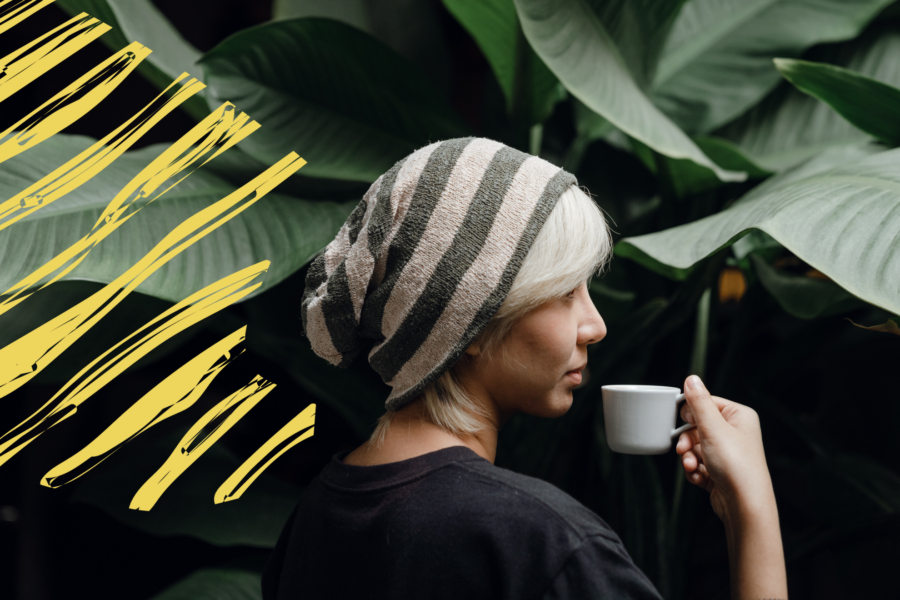Can colour influence mood?

Feeling blue? Seeing the world through rose-coloured glasses?
The relationship between colour and emotion can literally be seen (and heard) in our language. As a psychologist, I believe we associate colours with emotions, behaviours and other human characteristics.
This relatively new area of scientific research (sometimes referred to as colour psychology) has long been recognised by artists, philosophers, architects and graphic designers. Colour can be a powerful communication tool that’s been found to have similar emotional associations even across different cultures.
Want to Influence Your Mood? Colour Might Be Able to Help!
The colours you surround yourself with could have a greater impact than you think!
Blue can convey calm and focus, yellow depicts optimism and energy, and red is connected to passion and power.
The relationship between colour and mood is bidirectional (stick with me here), which means that colour can communicate something to others while also influencing how we feel about ourselves.
Colour impacts us psychologically; in some studies, it’s even been found to influence our heart rate, respiration and blood pressure.
Warmer, highly saturated colours (such as crimson, saffron, or tangerine) are considered energising, while cooler colours (think soft shades of blues and greens) are thought to have a calming effect.
How to Inject Colour Into Your Beauty Routine?
Discovering how different shades impact your mood is the key to using colour to influence how we feel – be it through the clothing we wear, the hues we surround ourselves with, or the beauty products we use!
In a playful mood? Try incorporating a vibrant pink or orange.
Keen to convey your creativity? Consider wearing yellow.
Want to show you mean business? Red might be the colour for you.
An important thing to mention is that, like most things in life, the psychology of colour does not conform to a one-size-fits-all approach.
Research shows universal associations between certain colours and meanings BUT (you can see the psychologist coming out) each person is unique and our life experiences will also influence how we feel about certain shades.
How to Begin Your Colour Experiment?
Become curious about the world around you!
How do colours in art, fashion, or the world around you make you feel?
Which ones are you drawn to? What sensations do certain colours hold for you? Become an expert in your own responses to colour and use these to your advantage.
On the other hand, noticing when we’re uncomfortable using colour could also reveal something meaningful.
Common reasons for colour shyness could include the belief that blacks and neutrals are seen as a safer choice, or that they’re more conservative or professional. Maybe there’s a desire to conform to style norms, a lack of confidence in one’s own style choices, or a fear of standing out.
As a born and bred Melbournian, I fully understand the draw of an all-black ensemble so I promise I’m not asking you to start rocking a powder-blue eye look (although you would have full support).
But if like me, you’re reluctant to give up the urban uniform completely, you could start small by incorporating a subtle bit of colour into your look. You could try a bold lip, a cheek colour, or even a graphic eye.
This small act of expression can get you familiar with using colour. From there you can keep experimenting with colour to connect to a desired mood or build a personal brand.
Do I want to present a sense of confidence? Demonstrate my creativity? Connect to a feeling of vibrancy? Communicate something I don’t feel is expressed in my day-to-day life?
Experimenting with colour can be a fun way to connect with, learn about, communicate or even build a relationship with the less expressed parts of ourselves.
This article was created in collaboration with Adore Beauty – ‘Just Add Colour’ campaign to encourage more of us to consider integrating colour cosmetics into our everyday lives.





